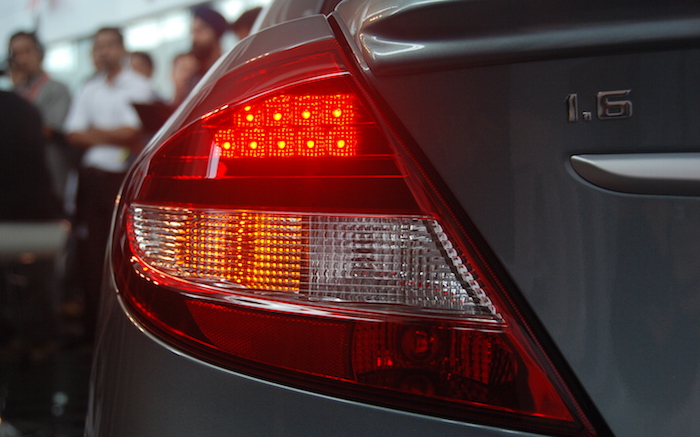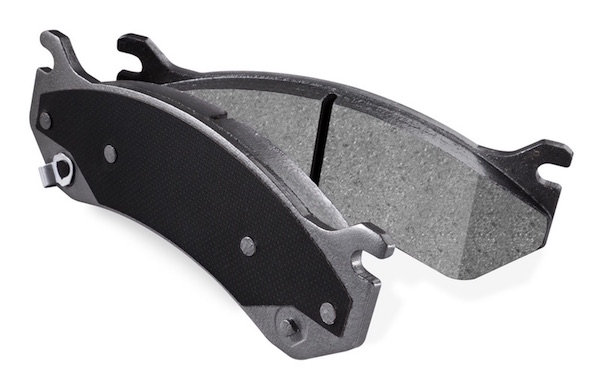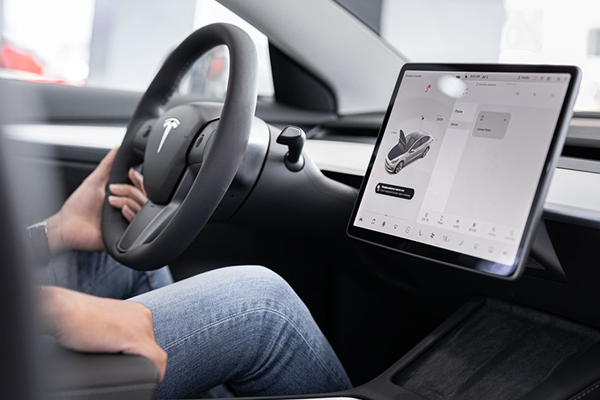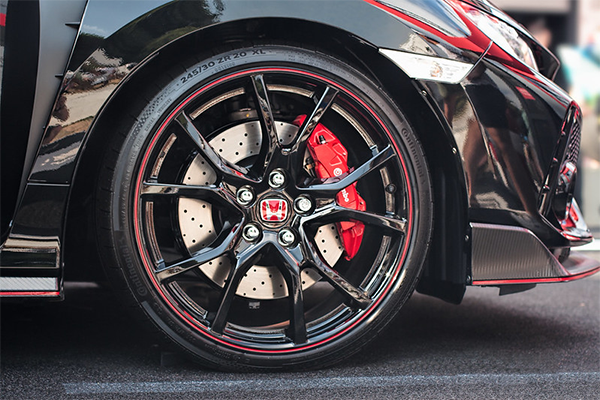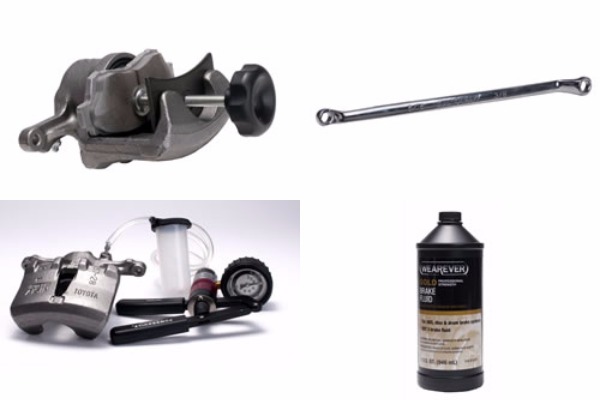
You probably already know the most common sign that signals it's time to replace your brake pads—we've all heard that annoying squeal. Unlike pads, however, your rotors don't have wear indicators, so it can be hard to know when it's time to replace them.
Back in the day, it made sense to resurface rotors whenever pads were replaced. Resurfacing rotors, also known as machining or turning rotors, is performed by a mechanic who shaves a thin amount of metal off of each side. This made good economic sense in the past because rotors were more expensive and often thicker. Technology has advanced, however, and today's rotors are often manufactured with lighter and less expensive materials. In fact, many drivers can buys a new rotor for under $50. This is often less than what you'll pay in labor costs to have a technician resurface your rotors.
How do you know when it's time to replace your rotors?
Brake rotors wear in a variety of ways, and damage is not always easy to detect. Because brakes are one of the most important parts on your vehicle, a good rule of thumb is to replace your rotors whenever you replace your pads. Not only is this best practice for keeping peak brake performance, it's a real time saver when you compare the five minutes it takes to pop on new rotors versus waiting on a shop to resurface them.
Here are some common problems that might affect the performance or integrity of your rotors.
1. Dishing. As the name implies, rotors can wear unevenly in such a way that they become shaped like a dish. This is generally undetectable at a glance, although you might feel a lip on the outer edge of your rotor. (Make sure your rotor isn't hot before you touch it!)
2. Deep grooves. Like dished rotors, deep grooves are a problem because they don't provide your pads a smooth, flat contact area, and this reduces your braking performance.
3. Bluing and hot spots. Your rotors get hot. If they aren't able to properly dissipate heat, your rotors may be left with a blue ring or spots. This condition might lead to a cracked rotor, but also the hot spots could be felt by drivers as a pulsation while braking.
4. Rust. A common concern technicians hear is that drivers hear their brakes squealing or grinding when they first start driving in the morning, but that it goes away once the car warms up. This condition is almost always caused by surface rust, and it's not a safety concern. However, deeper rust, which is a common problem in the North, can weaken rotors.
5. Warping. This is another condition that drivers can detect as a brake pedal pulsation. As rotors warp with age, pads no longer make constant contact with the rotors all the way around, and this reduces braking ability.
6. Other obvious problems such as cracks or chunks missing. These visible problems are signs of an unsafe rotor and definitely mean it's time to replace.
Still not convinced that you should be replacing your rotors with your pads? Consider the investment of your new pads. Whatever wear is already on your rotors - whether you can see it or not - is going to accelerate the wear and reduce the overall life of your brake pads. Given the affordability of modern rotors, the time saved by replacing them yourself, and the peace of mind knowing that your brake system will be in tip-top shape, it's easy to see why replacing brake rotors with the pads is a good idea.

